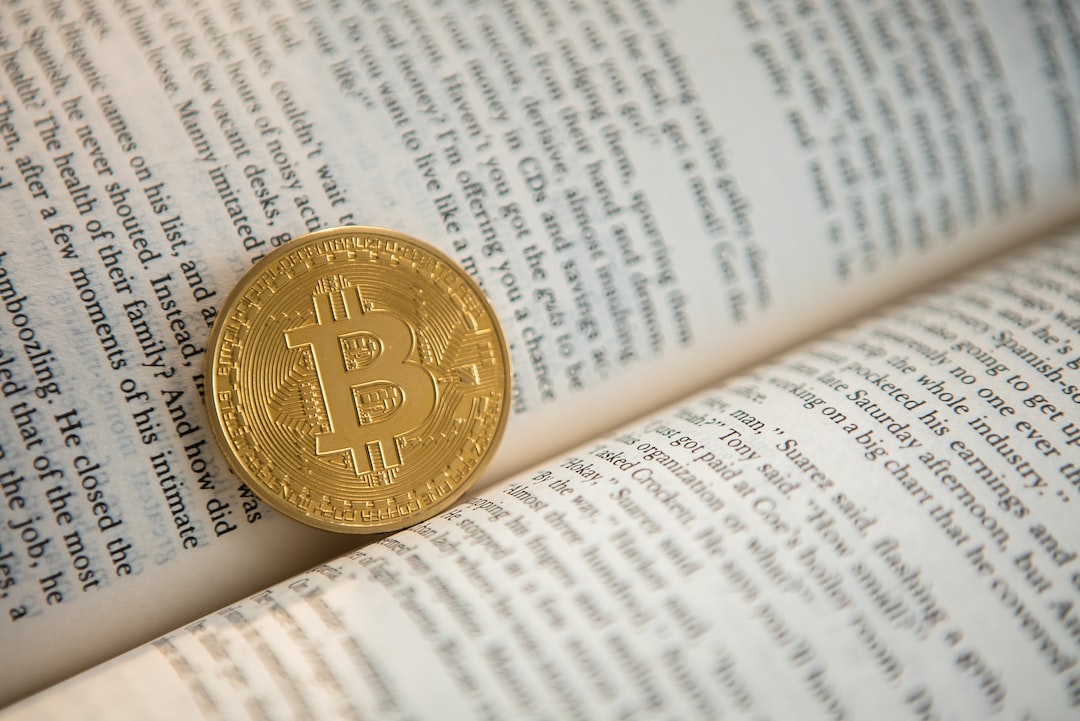The Global Debt Crisis: A Growing Concern
A recent report by the Institute of International Finance (IIF) has revealed that global debt has skyrocketed by $10 trillion in the first half of 2023, raising concerns about its impact on the world economy and the potential for a financial crisis. The total debt now stands at an unprecedented $307 trillion, representing a staggering $100 trillion increase over the past decade.
Dominance of Mature Markets
The rise in debt during the first half of the year was primarily driven by countries like the United States, the United Kingdom, Japan, and France, which contributed to over 80% of the overall increase. On the other hand, developing countries such as China, India, and Brazil saw significant upticks in debt within emerging markets.
The IIF expressed particular concern about the high levels of domestic government debt in many developing countries and highlighted that current global financial systems are ill-equipped to handle this situation. The report suggested that a market-based approach could help manage unsustainable levels of domestic debt and allocate resources for developmental and climate finance.
Rising Debt and US Economy
The report also pointed out that the global debt-to-GDP ratio has risen from 334% at the end of last year to 336% and is expected to reach 337% by the end of 2023. Large government budget deficits have primarily contributed to these increases. However, this level is still below the peak of 362% reached in the first quarter of 2021.
Emre Tiftik, Director at IIF, attributed the brief decline in the global debt ratio over the past two years to a sudden increase in inflation, which allowed countries and corporations to reduce their debt relative to their local currencies. Additionally, household debt in mature markets has decreased to its lowest level in two decades during the first half of 2023. This provides some stability to households, especially in the United States, against future interest rate increases if inflation continues.
Federal Reserve’s Interest Rate Strategy
The Federal Reserve, which has raised interest rates by over five percentage points in the past 18 months, chose not to hike rates in its September meeting but hinted at a possible increase before the year’s end.
Alexandra Wilson-Elizondo, Deputy Chief Investment Officer of Multi-Asset Strategies at Goldman Sachs Asset Management, commented that the Federal Reserve’s latest stance was more cautious than expected. Maintaining credibility in fighting inflation is seen as the central bank’s main challenge. Recent increases in energy prices and positive economic indicators likely influenced the Federal Reserve’s projections.
Wilson-Elizondo highlighted that while no single factor could significantly impact the market, a combination of events like labor strikes, government shutdowns, and the resumption of student loan payments could introduce some volatility in economic data.
Hot Take: The Growing Uncertainties
The world economy is currently facing growing uncertainties as global debt reaches record levels. While mature markets continue to be major contributors to this debt, developing economies are also experiencing concerning increases. The situation requires close monitoring to understand its long-term implications on both global and domestic scales.





 By
By
 By
By

 By
By
 By
By
 By
By